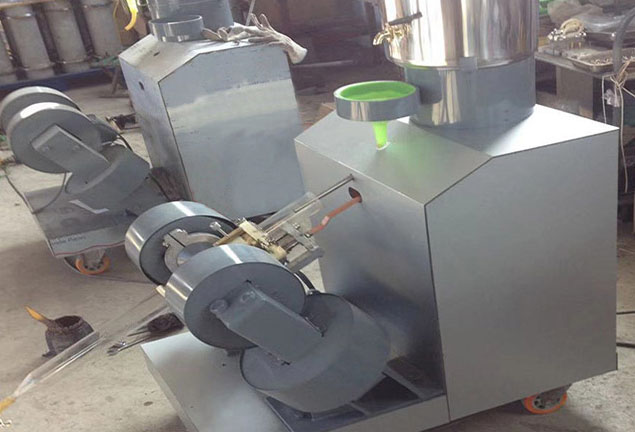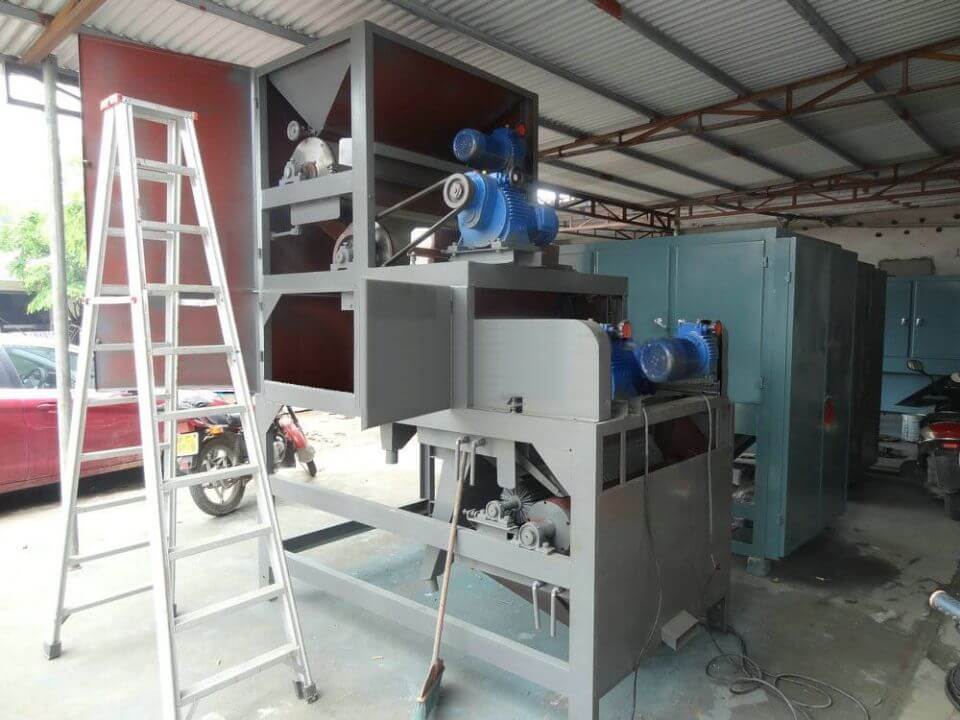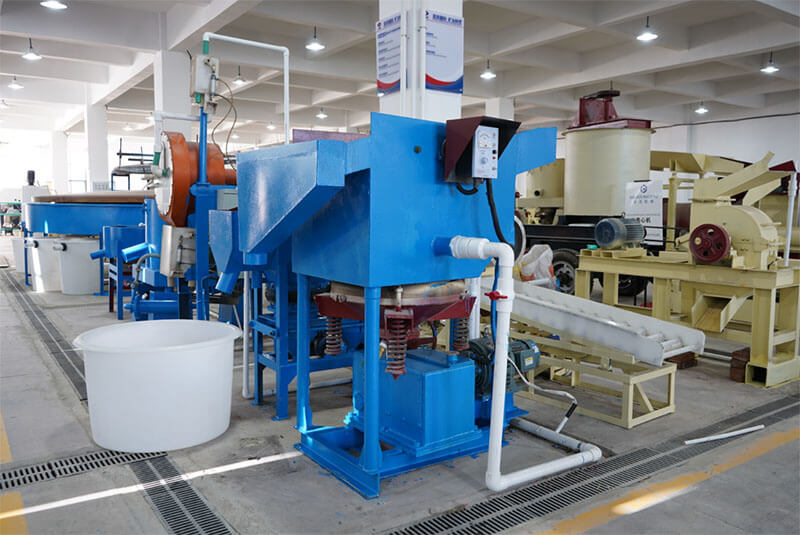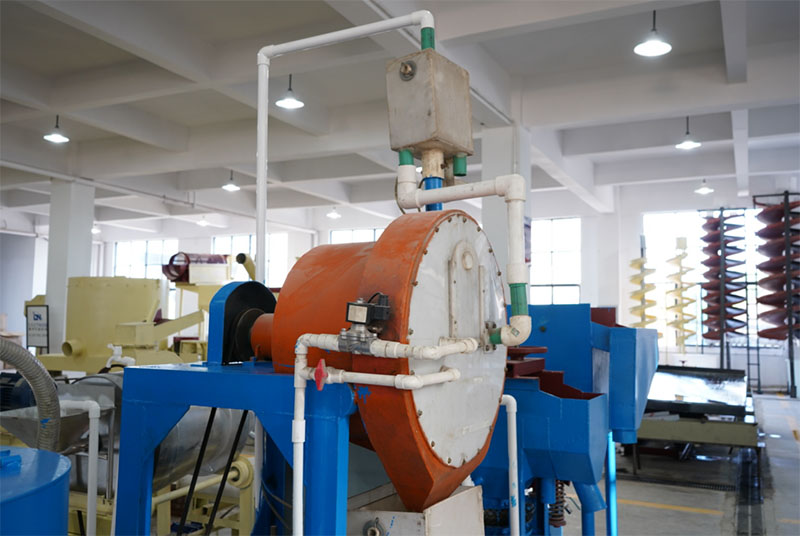The laboratory sample pulverizer is suitable for pollution-free material crushing and sample testing in research institutions and laboratories. The machine has an automatic dust collector, which has the advantages of low noise, no dust, and easy operation. The sealed laboratory sample pulverizer is suitable for crushing different hard non-metallic ores such as coal, gangue, limestone, etc. It usually works with lab crusher machines and other lab equipment. The product has wide applications in laboratory crushing and sample preparation industries such as geology, metallurgy, coal, building materials, mining, chemical, and scientific research. What is a sample pulverizer? How to test run and install? Let’s take a look at the introduction together.
Laboratory Sample Pulverizer
Overview
The sealed laboratory sample pulverizer’s function is to pulverize raw materials for laboratory use like coal, gangue, various ores, etc. The laboratory-sealed sample pulverizer is suitable for crushing and grinding non-metallic minerals with high hardness. This machine includes A type machine and B type machine. The A-type machine can be optionally equipped with an electronic timer, while the B-type machine is equipped with an electronic timer and adopts the upgraded materials.
Working principle of sealed laboratory sample crusher
The sealed laboratory sample crusher mainly consists of a shell, base, shock absorption, power, grinding, pressing part, etc. The outer shell is made of a cold-rolled steel plate, which packages the entire machine part for sealing and aesthetic purposes.
Operation method
Put the material into a sealed bowl containing a crushing hammer and a crushing ring. The motor drives the eccentric hammer to rotate at high speed, creating vibration, impact force, and friction force to make the material into powder. The grinding bowl is sealed without sample loss. The bowl includes ordinary steel, high manganese steel (standard), wear-resistant alloy, high chromium alloy steel, tungsten carbide, etc. It is selected based on the hardness and properties of the material. The equipment operates smoothly, with low noise, and the machine does not require stationary.
Characteristics of sealed laboratory sample crusher
- The working mode is vibration grinding.
- Load the materials into a material bowl, which has a crushing ring and a crushing hammer. During high-speed rotation, the bowl forms vibration and grinding functions. The material is crushed and ground by the crushing ring and hammer.
- The raw materials must be brittle and dry. Dry the damp materials before crushing or grinding.
- The crushing fineness ranges from 80 to 200 mesh (0.175 to 0.075).
- The grinding time varies depending on the properties of the materials, and users can determine the grinding time based on the properties of the materials.
- The sealed laboratory sample crusher is designed reasonably, has a compact structure, convenient maintenance, and easy operation. It has wide applications in industries such as coal, coking, non-ferrous metal smelting, and mining for laboratory testing.
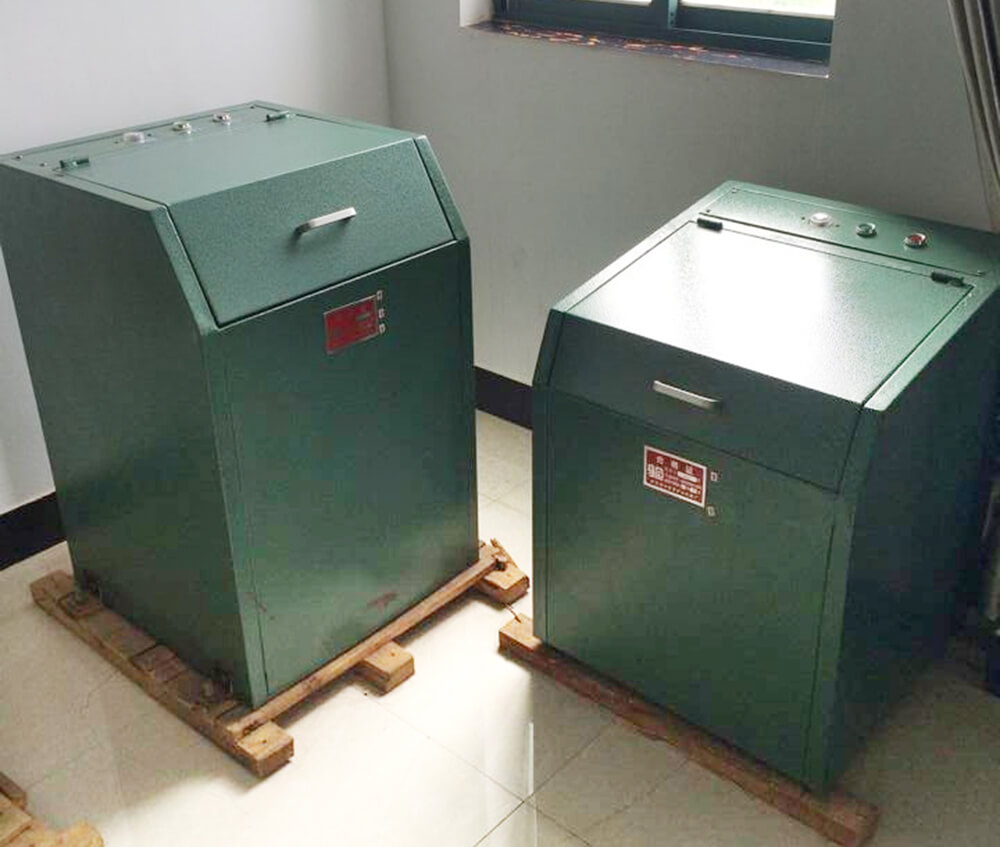
Test And Installation Of Laboratory Sample Pulverizer
Installation of laboratory sample pulverizer
- Install the laboratory sample pulverizer in a sheltered area rather than the open air.
- The laboratory sample pulverizer does not need to be stationary with ground screws. But it should be placed on flat ground, with all four feet firmly ground to avoid vibration and displacement.
- Keep the power cord firmly connected, and the grounding wire grounded.
Test of laboratory sample pulverizer
- Before starting the laboratory sample pulverizer, it is necessary to carefully understand the machine’s performance, and familiarize oneself with the structure, transmission characteristics, and operating procedures. Check whether the screws in each part of the casing are tight, whether the motor power line is leaking electricity, and whether the crushing pot body is firmly placed and reliably pressed. Tight the locking buckle of the casing. After inspecting all devices and confirming everything is ok, start the machine.
- The laboratory sample pulverizer needs to undergo a load reduction test first, with half of it added for testing. After one hour of testing, observe the abnormal noise, severe vibration, loose bolts, and other abnormal phenomena of the laboratory sample pulverizer. If any abnormal phenomena occur, stop the vehicle for inspection and maintenance. After the trial operation is normal, we can start the machine.
- It must add materials to the laboratory sample pulverizer for testing runs and other operations. Stop material operation to prevent crushing and grinding machine parts from being damaged.
Maintenance and precautions of laboratory sample pulverizer
- Before each startup, carefully check whether all parts are tight, and judge whether the spring is normal based on the vibration situation.
- Whether the material crushing is qualified mainly depends on the condition of the crushing part. Regularly check whether the crushing pot, ring, and hammer are smooth and have spots. If there are spots, replace the vulnerable parts immediately.
- The magnitude of vibration is related to the eccentric hammer, spring, and rubber pier. The eccentric hammer is already calibrated at the factory and does not require frequent adjustment. The reason for causing vibration is the breakage of the spring or the splitting of the rubber pier. If you find any problems, replace them with new parts in time. When replacing broken springs, replace the six springs together or three separately. It is not advisable to replace only one, as it may cause re-breakage and malfunction due to uneven elasticity between new and old springs.
- The vibration components connect to the power supply through cables. Frequent shaking may cause the rubber sheath on the outer surface of the cable to break, resulting in electric wire leakage. So it is necessary to check regularly to prevent electric shock accidents.
- The laboratory sample pulverizer is shut down for maintenance and repair once a year. Replace all the springs during maintenance.
JXSC lab mineral processing equipment manufacturer has more than 38 years of experience in mining processing. We provide various lab mining equipment including gravity-separating equipment for processing minerals such as gold, tin, tungsten, lead, zinc, tantalum, niobium, iron, manganese, silver, titanium-iron, etc. Lab machines include laboratory jaw crusher, hammer crusher, roller crusher, grinding equipment, lab gravity separator, screening, washing equipment, etc. Welcome to consult!

